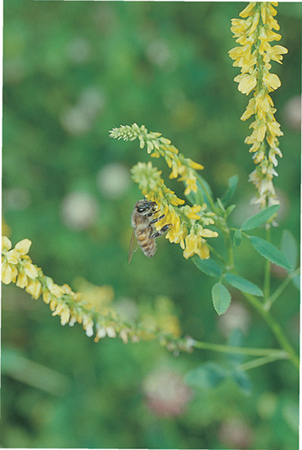

The

Backyard Beekeeper

An Absolute Beginners Guide to Keeping
Bees in Your Yard and Garden
Kim Flottum


Dedication
This book, the process that brought it to be, and the evolution of the information provided here is hereby dedicated to Professor Chuck Koval, Extension Entomologist, University of Wisconsin, Madisonwho first let me in and showed me his way of sharing information. I miss his good advice and his humor, but not so much his liver and onions.
To Professor Eric Erickson, USDA Honey Bee Lab, Madison, Wisconsin (and Tucson, Arizona)who made me learn about bees, and who encouraged me to learn, and to use what I learned to help those who could use that information.
To John Root, President (now retired), of the A. I. Root Company, Medina, Ohiowho hired me to shepherd his magazine, Bee Culture, and who let me bring together all that I had to take his magazine to the next generation of beekeepers.

CONTENTS


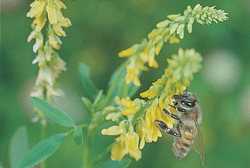
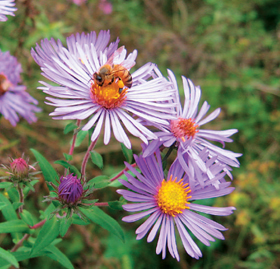
Preface
Since the first edition of this book was published, a tsunami of changes have crashed over the beekeeping world. Almost, it seems too many to number, though I will try because it is important to delineate why this book has been updated and revised. Though much has changed, much has stayed the same. I have retained the sections and the information that have not changed, and that are unlikely to change. But the ideas, techniques, and principles that are no longer viable are no longer here.
The memory of Colony Collapse Disorder is still fresh in the minds of beekeepers and on the pages of magazines and newspapers. It began as a mystery, turned into a disaster, and then harnessed the power of the government, the beekeeping industry, the media, funding agencies supported by fruit and vegetable growers and other pollination users, cosmetic companies that use honey bee products, and certainly the public. The threat (or supposed threat) of the world losing this vital pollinator to an unknown disease was a wake-up call that nearly everyone heard, and inspired many into looking at what was going on.

In spite of all the attention, research, money, press coverage, and the discoveries that werent the solution to Colony Collapse Disorder, the final answer remained elusive. Along the way many serendipitous discoveries were made. For instance, honey bees were increasingly being exposed to a witchs brew of sly new crop pesticides that were, perhaps, poorly tested and poorly regulated before being released. In addition, climate aberrations in several parts of the United States early on led to several of years of drought and poor foraging. This coupled with an increasing diet of monoculture crop monotony led to additional nutritional distress.
The bane of beekeepers worldwide was the continued presence of varroa mites that refused to die. Beekeepers kept trying to kill them by adding more and more toxic chemicals to their hives and not cleaning up the mess left behind. The stress on some colonies from moving from place to place was measured by researchers, while at the same time a nosema variant that was new (or newly discovered) rose to stardom and unleashed its particularly nasty symptoms on the bee population.
Some thought that maybe it was one of the viruses common to bee hives everywhere that took advantage of all of this. Or did one of those common viruses suddenly mutate and change the balance? Orand I suspect this will be found to be the answercould it have been an opportunistic new virus (or one not seen before in honey bees) able to capitalize on the weakness and stresses created by all the other problems? Maybe the world knows the answer by the time you are reading this, rendering all the questions moot and the solutions already in motion. Maybe not.
Colony Collapse began mostly unnoticed, made lots of noise during its second season, was at its deadliest and most noticeable the third, but by season four made barely a whimper. And then, it was (mostly) gone. Gladly, most beekeepers werent affected by Colony Collapse Disorder, nor were most bees in the United States. Now its tune is only barely heard. At its height, however, something like 10 percent of all the bees that died during one long cold winter were lost to this disease alone. More were reported in Europe and elsewhere.
What was left in the wake of Colony Collapse was a much wiser beekeeping industry. And this is why I have revised this book. During the four years Colony Collapse Disorder was running amok I was fortunate enough to work with and report on the results of the researchers, the primary beekeepers, the funding agencies, the government officials, and the organizations and businesses that devoted the time and money to bring to light the answers we now have.
We learned good lessons: keep our houses clean; keep our bees from the harms of an agricultural world; our bees need to eat well and eat enough; and we need to be far more diligent in monitoring the health of our colonies. As a result, today bees are healthier, happier and more productive. Interestingly, so too are our beekeepers.
Now, this book will fill you in on all weve learned. You will begin your beekeeping adventure well armed with all this new information plus the tried and true ways that remain. Add to this that urban and rooftop beekeeping has risen and spread like warm honey on a hot biscuit. If you are part of this movement, then whats inside will be a welcome addition to your citified beekeeping endeavors.
You are, right now, light years ahead of where beekeepers were even five years ago. With this book, a bit of outdoor wisdom and a colony or two of honey bees you will truly enjoy the art, the science, and the adventure of beekeeping. You will enjoy the garden crops you harvest, the honey you and your bees produce, and the beneficial products made from the efforts of your bees and your work.
So again I ask, what could be sweeter? Enjoy the bees!
Kim Flottum

Next page

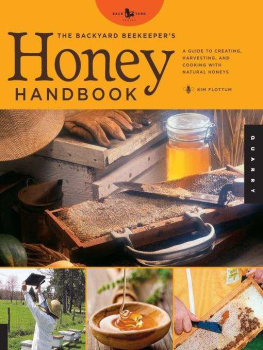
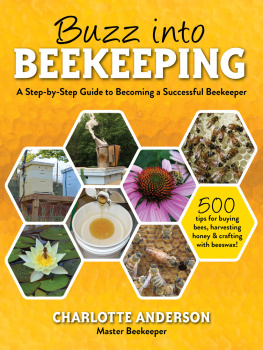
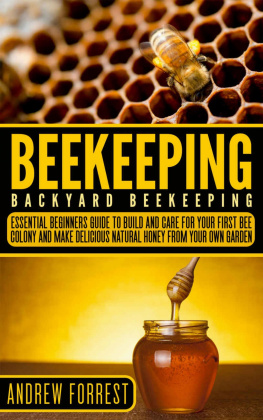
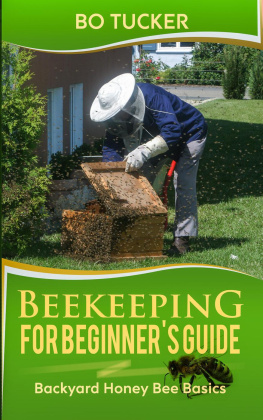
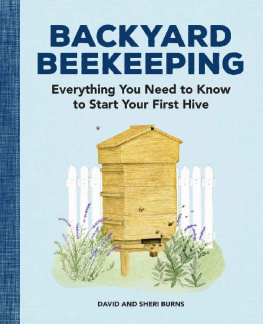
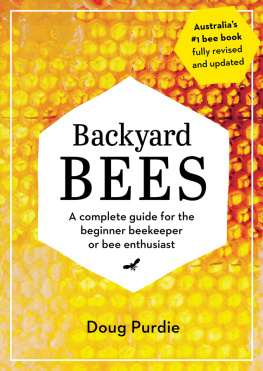

 The
The 



 CONTENTS
CONTENTS 




